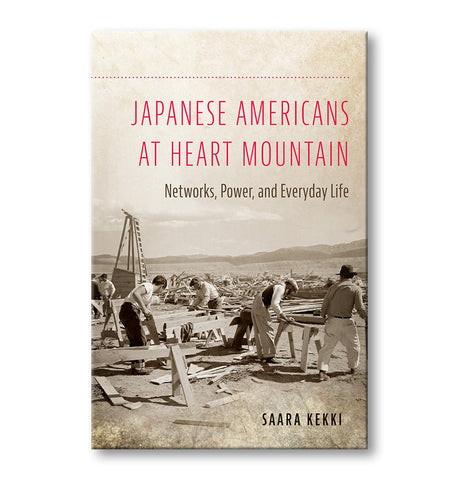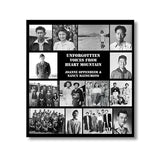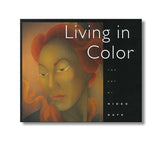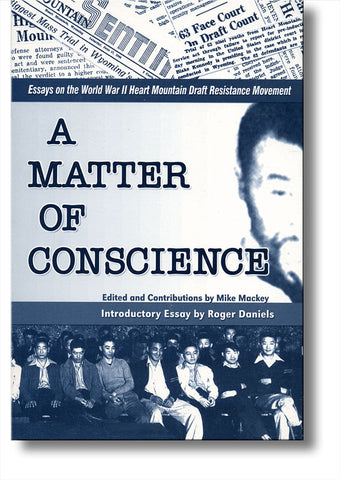By Saara Kekki.
On August 8, 1942, 302 people arrived by train at Vocation, Wyoming, to become the first Japanese American residents of what the U.S. government called the Relocation Center at Heart Mountain. In the following weeks and months, they would be joined by some 10,000 of the more than 120,000 people of Japanese descent, two-thirds of them U.S. citizens, incarcerated as “domestic enemy aliens” during World War II. Heart Mountain became a town with workplaces, social groups, and political alliances—in short, networks. These networks are the focus of Saara Kekki’s Japanese Americans at Heart Mountain.
Interconnections between people are the foundation of human societies. Exploring the creation of networks at Heart Mountain, as well as movement to and from the camp between 1942 and 1945, this book offers an unusually detailed look at the formation of a society within the incarcerated community, specifically the manifestation of power, agency, and resistance. Kekki constructs a dynamic network model of all of Heart Mountain’s residents and their interconnections—family, political, employment, social, and geospatial networks—using historical “big data” drawn from the War Relocation Authority and narrative sources, including the camp newspaper Heart Mountain Sentinel. For all the inmates, life inevitably went on: people married, had children, worked, and engaged in politics. Because of the duration of the incarceration, many became institutionalized and unwilling to leave the camps when the time came. Yet most individuals, Kekki finds, took charge of their own destinies despite the injustice and looked forward to the day when Heart Mountain was behind them.
Especially timely in its implications for debates over immigration and assimilation, Japanese Americans at Heart Mountain presents a remarkable opportunity to reconstruct a community created under duress within the larger American society, and to gain new insight into an American experience largely lost to official history.
Paper: 246 pp.
Also availablbe;


 Unforgotten Voices from Heart Mountain
Unforgotten Voices from Heart Mountain Living In Color: The Art of Hideo Date
Living In Color: The Art of Hideo Date






